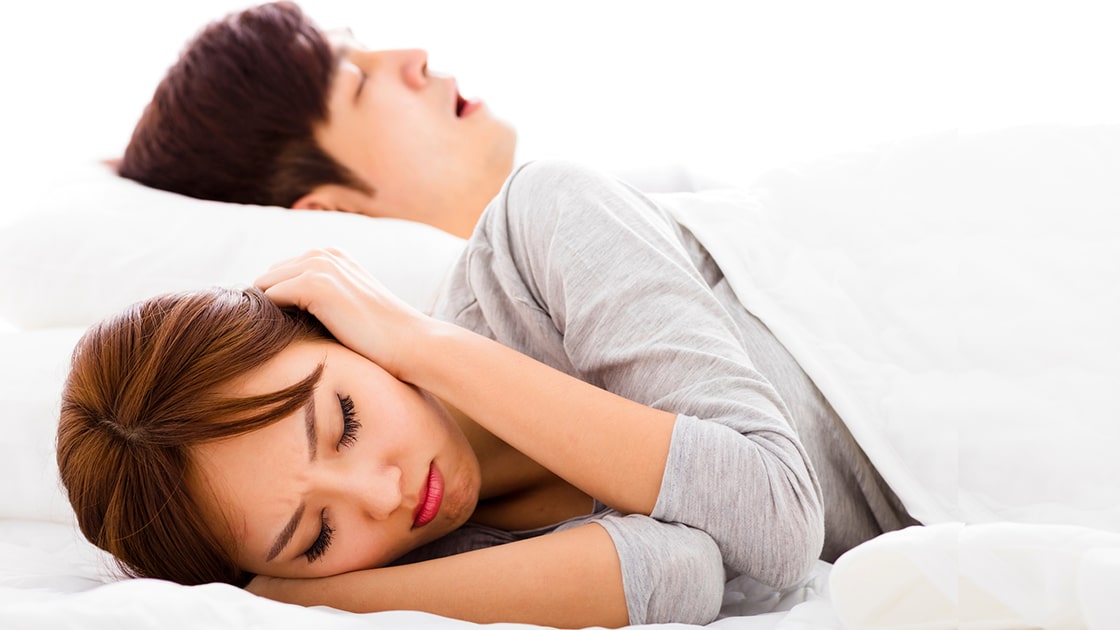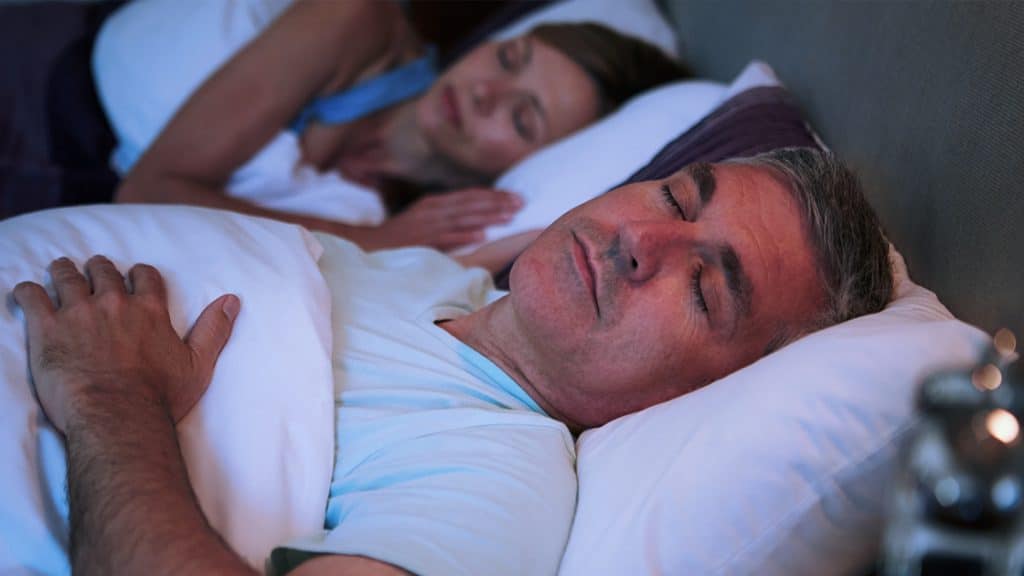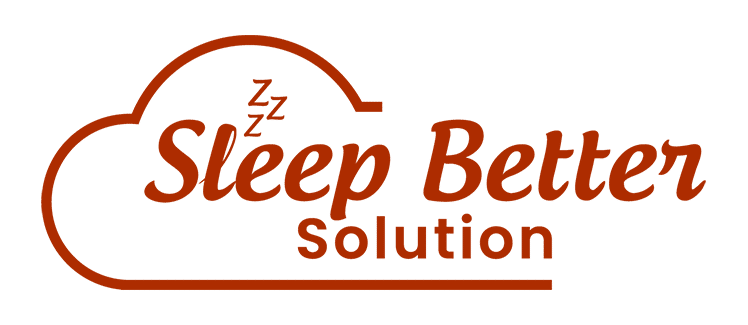
CPAP Machine Near Me New Milford NJ
Getting a sleep apnea diagnosis is a big step toward better health, but choosing the right CPAP machine can feel overwhelming. If you’re in New Milford NJ, this guide makes the process easier by breaking down everything you need to know—from understanding CPAP technology to finding trusted local providers.
We’ll walk you through the different types of machines, how to navigate costs and insurance, and tips for maximizing your therapy results. With the right information and support, you can confidently choose a device that fits your needs and helps you achieve restorative sleep. Let this guide simplify the journey to better health and quality of life.
Understanding CPAP Therapy
Continuous Positive Airway Pressure, or CPAP, is the most widely recognized and effective treatment for obstructive sleep apnea. But what exactly is a CPAP machine, and how does it work?
A CPAP machine is a small, quiet device that sits on your bedside table. It works by drawing in air from the room, gently pressurizing it, and delivering it through a tube and mask that you wear while you sleep. This continuous stream of air acts as a pneumatic splint, keeping your airway open and preventing the collapses that characterize sleep apnea. By ensuring your airway remains unobstructed, the machine allows you to breathe normally throughout the night. This prevents the frequent awakenings, drops in blood oxygen levels, and fragmented sleep associated with OSA.
The primary components of a CPAP system include:
- The Motor: Housed in the main unit, the motor is a small compressor that pressurizes the air. Modern CPAP motors are exceptionally quiet, ensuring they do not disturb your sleep or that of your partner.
- The Humidifier: Most modern CPAP machines include a heated humidifier. This component adds moisture to the pressurized air, which helps prevent dryness and irritation in your nose and throat.
- The Tube: A flexible, lightweight tube connects the machine to your mask, delivering the pressurized air.
- The Mask: The mask is the interface between you and the CPAP machine. It comes in various styles to accommodate different breathing patterns and comfort preferences.
By using a CPAP machine consistently, individuals with sleep apnea can experience significant improvements in their health, including reduced daytime sleepiness, improved concentration, lower blood pressure, and a decreased risk of associated chronic health conditions like heart disease and diabetes.
Choosing Your CPAP Machine: A Step-by-Step Selection Guide
Selecting the right CPAP machine is crucial for ensuring your therapy is both effective and comfortable. With several types of devices and features available, it’s important to understand your options.

Step 1: Understand the Different Types of PAP Machines
While “CPAP” is often used as a blanket term, there are a few different types of positive airway pressure (PAP) devices.
- CPAP (Continuous Positive Airway Pressure): This is the most common type. It delivers a constant, fixed pressure throughout the night, prescribed by your sleep physician based on your sleep study results.
- APAP (Automatic Positive Airway Pressure): An APAP machine automatically adjusts the air pressure based on your breathing needs throughout the night. It uses advanced algorithms to detect airway narrowing and increases pressure only when necessary, which some users find more comfortable.
- BiPAP (Bilevel Positive Airway Pressure): A BiPAP machine delivers two different pressure levels: a higher pressure for inhalation (IPAP) and a lower pressure for exhalation (EPAP). This is often prescribed for patients who require very high pressures or have other coexisting respiratory conditions.
Your sleep specialist will recommend the type of machine best suited for your specific condition.
Step 2: Consider Key Features
Modern CPAP machines come with a variety of features designed to enhance comfort and usability.
- Heated Humidification: As mentioned, this is a standard feature on most new machines and is highly recommended to prevent nasal dryness and congestion.
- Ramp Feature: This function allows the machine to start at a very low pressure and gradually “ramp up” to your prescribed pressure over a set period. This can make it easier to fall asleep.
- Expiratory Pressure Relief (EPR): This feature slightly reduces the air pressure as you exhale, making breathing out feel more natural and less forced.
- Data Tracking: Most machines now track your usage data, such as hours of use, mask seal, and the number of apnea events per hour. This information is vital for you and your doctor to monitor the effectiveness of your therapy. Many devices offer wireless connectivity to upload this data automatically.
- Mask Fit Check: Some devices have a feature that helps you determine if your mask is sealed correctly, reducing air leaks that can compromise therapy.
- Size and Portability: If you travel frequently, you might consider a smaller, travel-sized CPAP machine.
Step 3: Find the Right Mask
The mask is arguably the most critical component for CPAP success. If your mask is uncomfortable or leaks, you are less likely to use your therapy consistently. There are three main types of masks:
- Nasal Pillows: These are small, lightweight cushions that seal directly at the entrance of your nostrils. They are a good option for people who feel claustrophobic in larger masks or have facial hair.
- Nasal Masks: These masks cover the entire nose area, from the bridge down to the upper lip. They are a popular choice and work well for a wide range of users.
- Full Face Masks: These masks cover both the nose and mouth. They are necessary for individuals who breathe through their mouth while sleeping or experience significant nasal congestion.
It may take some trial and error to find the perfect mask. A good durable medical equipment (DME) provider will offer mask fitting services to help you find the best option.
Local CPAP Resources: Where to Find Trusted Equipment in New Milford, NJ
When you’re ready to acquire your CPAP machine, working with a reputable local DME provider is essential. A local provider offers the benefit of in-person support, mask fittings, and troubleshooting assistance. For residents of New Milford, NJ, and the surrounding Bergen County area, finding a provider who understands sleep apnea therapy is key.
These providers typically work directly with your insurance company and sleep physician to supply the prescribed equipment. They can help you understand your insurance coverage, handle the billing process, and provide you with the machine, mask, and supplies you need to get started.
Why Sleep Better Solution is Your Partner for Sleep Health
While a DME provider supplies the CPAP machine, your journey with sleep apnea treatment often involves more than just the device itself. For many, an alternative or adjunctive therapy like a custom oral appliance can be a life-changing option. At Sleep Better Solution, we specialize in providing these solutions for patients in New Milford and beyond.
Our team, with years of experience in screening and treating OSA, focuses on custom oral appliance therapy. These devices are worn in the mouth, similar to a retainer, and work by repositioning the lower jaw and tongue to keep the airway open. For many patients with mild to moderate sleep apnea, or for those who cannot tolerate CPAP, an oral appliance is an effective, comfortable, and convenient alternative.
We believe that educated patients are empowered patients. We ensure you understand your screening results and all available treatment options, whether that’s an oral appliance, CPAP, or a combination of therapies. By using advanced technology like the FDA-cleared SleepImage ring and iTero 3D digital scanners, we provide precise and effective treatment tailored to your needs.
Navigating CPAP Costs: Insurance Options and Financial Planning
The cost of a CPAP machine and supplies can be a concern, but most health insurance plans, including Medicare, provide coverage for this essential medical equipment.

Here’s a general overview of the process:
- Prescription: Your sleep physician will write a prescription for the CPAP machine and settings based on your sleep study.
- Insurance Verification: The DME provider will verify your insurance coverage and inform you of any out-of-pocket costs, such as deductibles or copayments.
- Rental vs. Purchase: Many insurance companies have a rent-to-own policy. You will typically “rent” the machine for a period (e.g., 10-13 months), and after that period, you will own it. This policy also serves as a compliance check; insurance providers want to see that you are using the device before they cover the full cost.
- Supply Replacement: Insurance plans also cover the regular replacement of supplies like masks, cushions, tubing, and filters. Adhering to the recommended replacement schedule is vital for hygiene and therapy effectiveness.
- Always communicate with your insurance company and DME provider to fully understand your coverage and financial responsibility.
Maximizing CPAP Results: Daily Habits That Make a Difference
Starting CPAP therapy is a significant change, and building consistent habits is the key to success.
- Consistency is Key: Use your CPAP machine every time you sleep, including naps. This helps your body acclimate to the therapy and ensures you receive the full health benefits.
- Proper Mask Fit: Before bed each night, check that your mask is sealed correctly. Lie down in your sleeping position to ensure the seal holds.
- Keep it Clean: Regular cleaning of your mask, tubing, and humidifier chamber is essential to prevent the buildup of germs. Follow the manufacturer’s cleaning instructions.
- Address Issues Early: If you experience discomfort, skin irritation, or persistent leaks, contact your DME provider. A simple adjustment or a different mask can often solve the problem.
- Patience and Persistence: It can take time to get used to sleeping with a CPAP machine. Be patient with yourself and stick with it. The long-term health benefits are well worth the initial adjustment period.
Long-Term CPAP Success: Proven Strategies for Consistent Use
Beyond daily habits, a long-term mindset will help you integrate CPAP therapy into your life permanently.
- Focus on the Benefits: Remind yourself of the reasons you started therapy. Think about the improvements in your energy levels, mood, and overall health.
- Follow Up with Your Doctor: Regular follow-up appointments with your sleep specialist are important to monitor your progress and make any necessary adjustments to your therapy pressure.
- Join a Support Group: Connecting with other CPAP users can be incredibly helpful. Online forums and local groups provide a space to share experiences and tips.
- Integrate It into Your Routine: Make your CPAP part of your nightly bedtime routine, just like brushing your teeth. The more routine it becomes, the less you’ll have to think about it.
Take the First Step: Begin Your Path to Quality Sleep
Finding the right CPAP machine in New Milford, NJ, is a manageable process when you are equipped with the right information. By understanding the technology, working with trusted local providers, and committing to consistent use, you can successfully treat your sleep apnea and dramatically improve your health.
If you are exploring all of your treatment options or seeking an alternative to CPAP, we invite you to connect with us at Sleep Better Solution. We are dedicated to helping our patients achieve better health through better sleep. Contact us today to learn more about our services and how we can support you on your journey.
